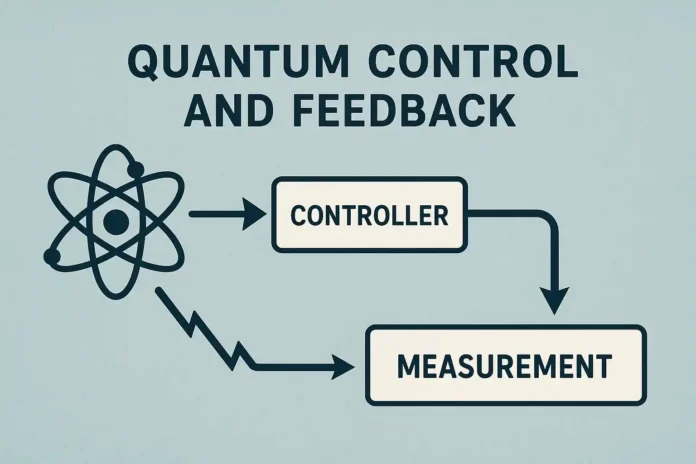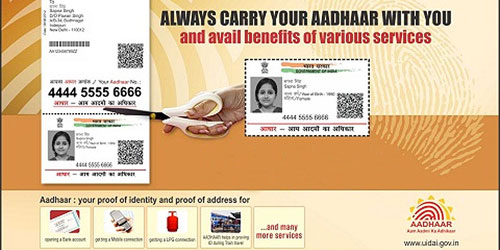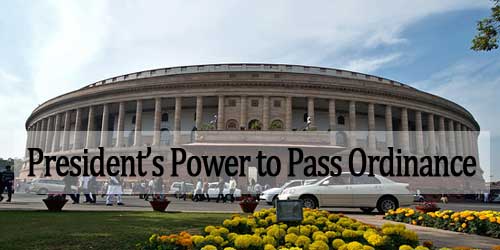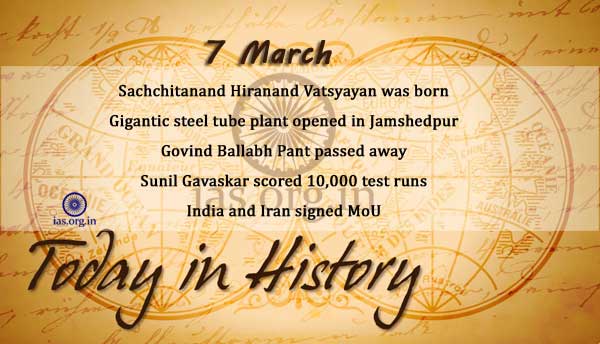Cancun Summit in Mexico and Durban Summit were very important and notable Conference of Parties (CoP) in climate change negotiations. The world that we see today and will find in future is all about the decisions taken by responsible nations at Kyoto, Bali, Copenhagen, Cancun, Mexico and finally at Paris (so far). Let’s have a look on CoP16 and 17.
Cancun Summit – COP16
The Cancun agreements incorporated decision under both the convention and Kyoto Protocol negotiating tracks. Under these agreements, all parties (both the developing and the developed ones) had agreed to report their voluntary reduction goals for implementation.
FYI, Cancun is a Mexican city on the Yucatan Peninsula bordering the Caribbean Sea.
At Cancun it was decided to set up a Green Climate Fund, a Technology Mechanism and an Adaptation Committee at actions for adaptation and reduction. Those were the significant decisions because they reflected the political understanding attained by a selected group of countries in the form of the Copenhagen accord in December 2009.
Don’t Miss: Bali and Copenhagen Summits of UNFCCC (CoP 13 and 15)
Cancun Agreements-Cop16
Under the multilateral process, In industrialized countries targets were officially recognised and these countries were to develop low-carbon development plans and strategies and assess how best to benefit them.
– Under the multilateral process developing countries actions to reduce emissions were also officially recognised. A registry was to be formed to record and match developing support from developed nations. It was binding on the developing countries to publish progress reports every two years.
– Governments agreed to enhance to check emission from deforestation and forest degradation in developing countries with technological and financial help.
– Partieshad establisheda technology mechanism with a Technology Executive Committee and climate technology centre and Network to enhance technology cooperation to assist action on adaptation and reduction.
Mechnism of COP16
There were three mechanism which were the outcome of COP16 :
- Technology Mechanism.
- Green climate Fund
- Adaptation Committee
Must Read: Kyoto Protocol – Detailed Analysis
Technology Mechanism
Under the guidance of and accountable to the conference of the parties (COP) , A Technology Mechanism was formed by the 16th session of the COP in Cancun 2010. It was expected to forward the implementation of enhanced action on technology development and transfer to assist action on reduction and adoption to climate change.
Green Climate Fund
Parties, at COp16, set up a green climate fund (GCP) as an operating entity of the financial mechanism of the convention under Article 11.
– It was formed to assist projects, programmes, policies and other activities in developing countries. The fund was governed by GCF board.
– A trustee was appointed to administer the assets of the GCF only for the purpose of, and in accordance with, the relevant decisions of the board.
– The COP invited the World Bank to act as the interim trustee of the GCF, subject to a review three years after operationalization of the fund.
– It was also decided by the COP that an independent secretariat would assist the operations of the fund. It was also decided by the COP that the GCF was to be designed by Transitional Committee (TC)
UPDATE
Parties at COP17, Durban, approved the governing instrument for the GCP, about which the agreements between the COP and the Fund were to finalise at COP 18 in order to ensure that it was accountable to and functioned the guidance of the COP.
– The COP would often guidance to the board on matter related to policies, programme priorities and eligibility criteria and matters related there to. The board would summit annual reports to the COP on its activities.
Also Read: Analysis of 13th EU-India Summit
Adaptation Fund
This fund is financed from the portion on proceeds on the clean development mechanism project activities and other sources of funding. The portion of proceeds amounts to 2% of CERs issued for a CDM project activity.
– It was supervised and managed by the adaptation Fund board that existed of 16 members and 16 alternates and met at least twice a year. – The Global Environmental Facility (GEF), upon the invitation from parties, furnished secretariat services to the AFB.
Adaptation Committee
The Adaptation committee was set up as a part of the Cancun Adaptation Framework by the parties to promote the implementation of advance action on adaptation in a coherent way under the convention through the following functions:
– Providing guidance and technical assistance to the parties.
– Sharing of experience, information, knowledge and good practices.
– Promoting synergy and strengthening engagement with regional ,national and international organisations, centres and networks.
-Considering information communicated by the parties on their monitoring and reviews of adaptation actions, assistance provided and received.
Also Read: Nuclear Security Summit (NSS)
Durban Summit – COP17
– Firm India forced climate breakthrough at Durban.
– Principle of Equity must in future talks.
New Global Climate Change Regime
– India had gone to Durban with two very important demands- in any new climate change regime the principle of equity must remain intact and this global deal be launched after 2020.
Outcome
- New deal was to be finalised by 2015 and launched by 2020.
- Second phase KP was secured
- Green climate fund was launched, though empty as yet green tech development mechanism was put in place.
- Equity found its place back in future climate talks.
- Adaptation Mechanism
- Transparency mechanism
Geopolitical Fallout
– India regained leadership of the developing worlds. European Uunion gained left at cost of US but also generated board relations with developing countries. Small island states lost respect by becoming EU front.
– BASIC grouping looked more fragmented than before with India and China remaining close but Brazil and South Africa drifting.
India’s Gains and losses
– Won on all its major non-negotiable common but differentiated responsibility principle retained.
– Secured 10 years of economic growth without carbon containment, Intellectual Property Rights and technology not as well anchored in new deal.
– For developed world, loopholes were not fully blocked.
– Agriculture was brought in by developed nation under climate change
Also Read: Climate Change, Technology and Energy Sustainability






